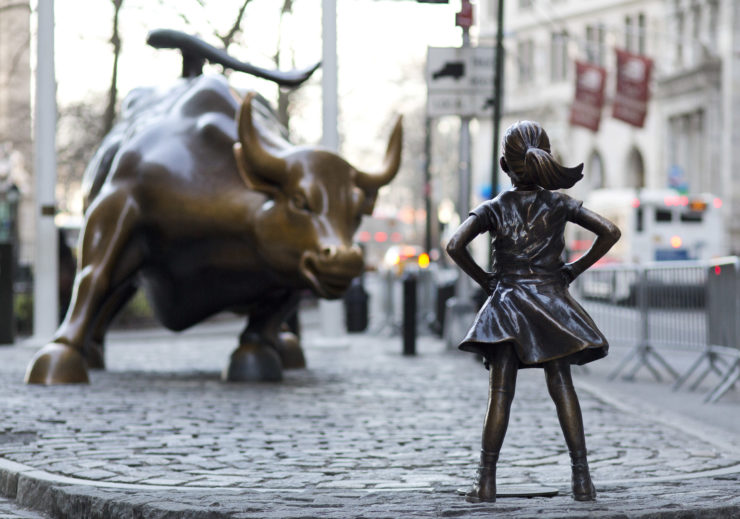The media are making good on their promise to spend more time in Trumpland, to explore more deeply the animating thoughts of the millions of supposedly previously overlooked Americans who voted to make Donald Trump president.
As the articles and think pieces and columns and town hall events and feature stories pile up, one begins to wonder if editors aren’t first summoning the brave journalists being sent out into the hinterlands and asking if they need to pack a hazmat suit or two, just in case. Do those courageous souls leave Trumpland and make the long treacherous trek back to their newsrooms to report back to their colleagues that they encountered not a single person with a third eye protruding from a chin, while sheepishly admitting they did rub up against quite a few people with dirty fingernails and dirtier white T-shirts?
Upon their return, did they have to be hurried into segregation units like astronauts returning from the dark side of the moon to ensure that whatever they inadvertently brought back from Real America couldn’t contaminate the big, fancy cities where those journalists are based?
The instinct to get out and talk to more “real” people and bring a greater diversity of voices to news pages and news hours is a sound one, particularly after an election cycle in which too many media outlets were caught flat-footed by even the possibility that there could ever be a President Donald Trump.
But the coverage has grown stale and repetitive, prompting Washington Post columnist Alexandra Petri to place tongue firmly in cheek and write a column titled, “Every story I have read about Trump supporters in the past week.” She ended it this way:
“Claudia Barknappen, the owner of the diner, wipes her hands on her faded God Bless America Apron. She is taken aback to see that Trump’s budget would replace her home with a sinkhole, but she says that she is reserving judgment and likes how much he hates immigrants. ‘We’ve got to give him a chance,’ she observes. She says that one time Trump showed up at her home and hit her dog with a broom, but in her mind this amounts to no more than one strike. She knows that she can change Trump with love, not that he needs to change at all. Behind her, an eagle falls out of a tree and dies.”
It’s funny, but also illustrates how the media have been unwittingly scapegoating white blue-collar Trump supporters even while trying to humanize them.
By spending so much ink on that slice of the Trump vote, and detailing every little quirky personality and political contradiction and hardship story—none of which is unique to this group of Americans—the media have made them responsible for all the ugly struggles of Trump’s early months in office. The “are Trump voters racist?” argument has been squarely placed on their backs.
Here’s a novel idea for journalists interested in providing the public with more insight into the 63 million Americans who voted for Trump: Spend less time with the poor white people who voted for him and more time with the rich white people who also supported Trump.
In fact, don’t come to the Carolinas or Oklahoma. Put on those hazmat suits and head to Wall Street or any other place where those wearing $2,000 suits can be probed as much as we’ve spent quizzing the down-on-his-luck former factory worker.
Remember, Trump won every economic category of the white vote, the rich, the poor, the middle class. FiveThirtyEight noted during the election cycle that the average Trump supporter earned more than the national average, about $72,000.
It’s fascinating to hear struggling people explain why they have seemingly voted against their own interests. It would be more revealing to ask CEOs and other top decision makers why they voted for a man despite his open bigotry and horrific track record with women.
Ask them if their support of a man who inspires white supremacists and misogynists reveals something important about how they cultivate their own workplaces. They did not believe it a bridge too far to support Trump. Is that why there are still so many racial and gender disparities at the top levels of a variety of industries, because those executives are comfortable with allowing such things, if it means they can achieve other things they want?
The white, blue-collar worker may have voted against his interests by supporting Trump. But the white, wealthy executive seems to have voted for his, even at the expense of already-hurting Americans.
We should spend less time asking poor whites why they used their vote to hurt themselves and more asking rich white Americans why they decided it was OK to vote to hurt others.



